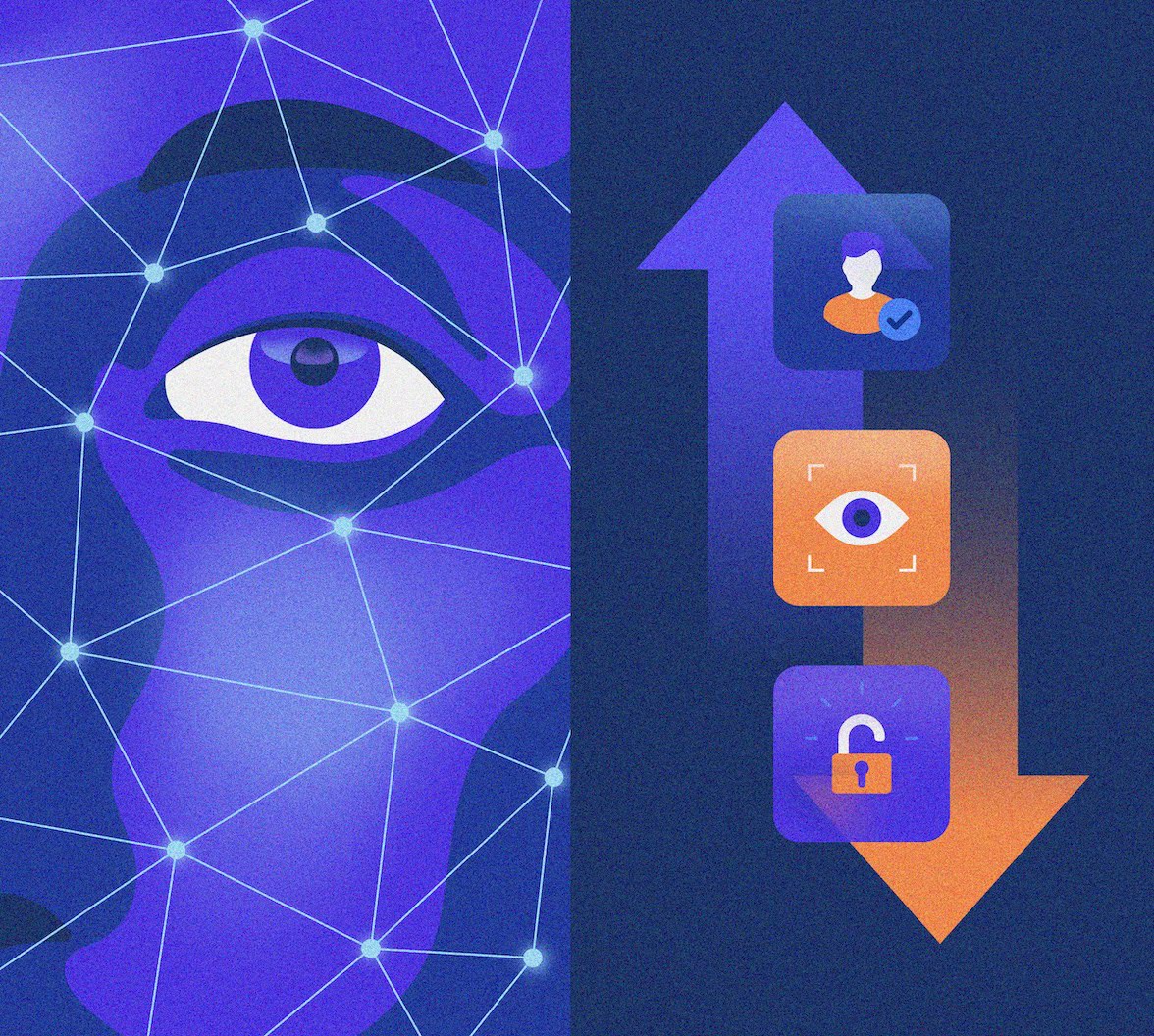The Biometrics Debate: Weighing the Pros and Cons for Enhanced Cybersecurity
Biometric authentication is a technology that has become increasingly popular in recent years as a means of enhancing cybersecurity. This technology uses unique biological characteristics, such as fingerprints, facial recognition, or iris scans, to verify the identity of a person. By eliminating the need for traditional authentication methods, such as passwords or PINs, biometrics offers a convenient and secure way for users to access digital services.
Despite its many benefits, however, biometric authentication also has its drawbacks. In this article, we will examine the pros and cons of using biometrics for cybersecurity in greater detail.

Pros of Biometric Authentication
Stronger Authentication
One of the primary benefits of biometric authentication is its ability to provide a higher level of security compared to traditional methods of authentication. This is because biometric identifiers are unique to each individual and cannot be easily replicated. For example, fingerprints, which are one of the most common biometric identifiers, are unique to each person and do not change over time.
Convenience
Another benefit of biometric authentication is its convenience. Biometric authentication eliminates the need for users to remember multiple passwords or carry physical tokens such as smart cards. Biometric data is always with the user, making it a seamless and hassle-free way to authenticate.
Improved Accuracy
Biometric systems have a low false positive rate, which means that the chance of mistakenly identifying someone else as the legitimate user is low. This makes biometric authentication more accurate and reliable than traditional authentication methods.
Cost-Effective
Over time, biometric authentication can be more cost-effective than traditional methods of authentication. This is because there is no need to replace lost or stolen tokens or reset forgotten passwords. In addition, biometric authentication can be easily scaled to accommodate a large number of users, making it ideal for large organizations.
Scalability
Biometric authentication can be easily scaled to accommodate a large number of users, making it ideal for large organizations. Biometric systems can be integrated with other security measures, such as access control systems and surveillance cameras, to provide a comprehensive security solution.
Cons of Biometric Authentication
Privacy Concerns
One of the primary concerns associated with biometric authentication is privacy. Biometric data is highly personal and can reveal sensitive information about an individual. The use of biometric data raises privacy concerns, particularly regarding the storage and sharing of personal information. There is also a risk of biometric data being stolen or hacked, which could compromise the identity of users.
Inaccuracy
Biometric systems are not foolproof and can be prone to errors. For example, facial recognition technology may not work properly if the lighting or camera angle is not ideal. Biometric systems may also be subject to errors caused by environmental factors, such as dirt or moisture on the sensor.
Limitations
Biometric authentication is limited by the types of biometric data that can be collected. For example, some individuals may not have suitable fingerprints or may be unable to use certain types of biometric authentication due to physical disabilities. In addition, biometric systems may not be able to accurately identify individuals who have undergone significant physical changes, such as plastic surgery.
Implementation Costs
Implementing biometric authentication can be expensive, particularly for small organizations. There may be a need for specialized hardware or software, and staff training may also be required. In addition, biometric systems may require ongoing maintenance and upgrades, which can add to the overall cost of implementation.
Regulatory Requirements
Biometric data is subject to various regulatory requirements, which can be complex and difficult to navigate. Organizations must ensure that they are compliant with relevant laws and regulations, such as the General Data Protection Regulation (GDPR) in Europe and the California Consumer Privacy Act (CCPA) in the United States.
Conclusion
Biometric authentication offers numerous benefits, including stronger security, convenience, and cost-effectiveness. However, it also raises concerns about privacy, accuracy, and implementation costs. Ultimately, the decision to use biometrics for cybersecurity will depend on the specific needs and circumstances of each organization. It is important to carefully consider the pros and cons and to implement biometric authentication in a responsible and secure manner.
Image Source : Auth0







